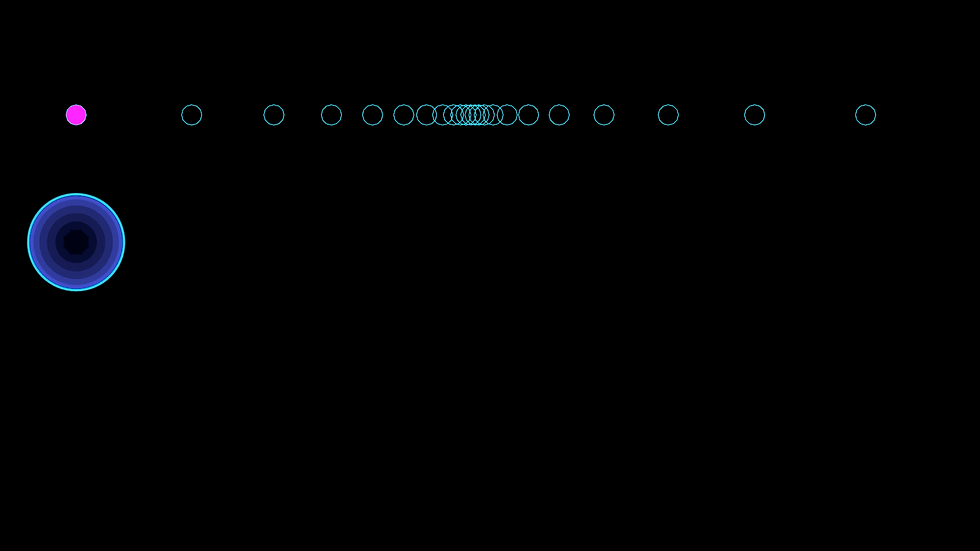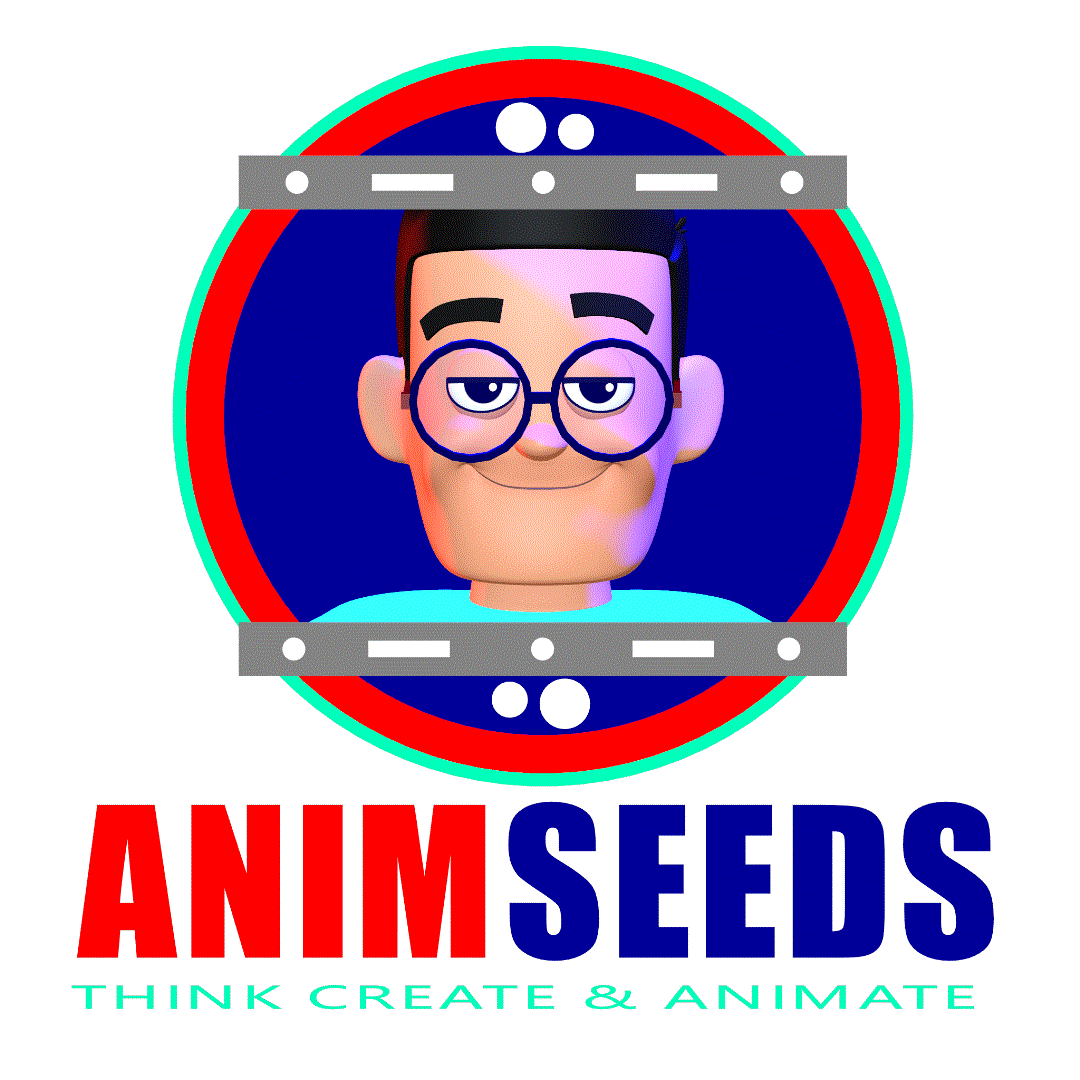The Foundation of Animation: A Practical Breakdown of the 12 Principles + 12 assignments.
- Animseeds

- Oct 8, 2023
- 4 min read
Updated: Sep 26
Hello Animation Students,
Are you currently learning the 12 Principles of Animation? I have created 12 assignments designed to help you practice and apply each principle. These exercises will guide you in understanding the fundamental concepts of movement and animation.
The 12 Principles were first introduced by Disney animators in the 1980s and are considered the foundation of all great animation—even today, they’re used in everything from classic cartoons to modern 3D films and video games. Mastering them will give your animations more life, appeal, and believability.
I hope you enjoy working through the assignments, and I’m here to support you along the way. If you have any questions, please don’t hesitate to reach out.
Thank you,

Rig download link: https://www.animseeds.com/product-page/3d-principle-rig-pack-maya
1. Squash & Stretch
What it means: Objects deform to show weight and flexibility. A ball squashes on impact and stretches when moving fast.
Pro Tips:
Don’t lose volume — if you squash vertically, stretch sideways.
Subtle use makes things feel alive, even in faces and gestures.
Great for showing weight differences (bowling ball vs. tennis ball).
2. Anticipation
What it means: A small preparatory action before the main action. A jump needs a crouch first.
Pro Tips:
Always ask: “What prepares the viewer for this action?”
Bigger actions need bigger anticipations.
Use anticipation to direct audience attention where the action will happen.
3. Staging
What it means: Presenting action clearly so the audience instantly understands.
Pro Tips:
Check silhouette — if the pose reads in black, it’s clear.
Keep clutter out of the frame; one clear idea at a time.
Use camera, composition, and posing to guide the eye.
4. Straight Ahead & Pose to Pose
What it means:
Straight Ahead: Animate frame by frame, organic, unpredictable.
Pose to Pose: Plan main poses first, then add in-betweens.
Pro Tips:
Beginners: start with pose to pose for control.
Use straight ahead for things like hair, fire, or fluid.
Mixing both gives the best of structure + spontaneity.
5. Follow-Through & Overlapping Action
What it means: Different parts of the body don’t stop at once. Hair, clothes, or arms keep moving after the body halts.
Pro Tips:
Think of drag — parts lag behind, then catch up.
Always offset timing between body parts.
Secondary elements (hair, skirt, tail) add realism and charm.
6. Slow In & Slow Out (Ease In/Out)
What it means: Motion starts slow, speeds up in the middle, slows again before stopping.
Pro Tips:
In your graph editor, use curves instead of straight lines.
More spacing = faster, less spacing = slower.
Natural motion always eases — nothing starts/stops instantly.
7. Arcs
What it means: Natural motion follows curved paths, not straight lines.
Pro Tips:
Track your motion path — is it smooth?
Arms swing in arcs, not straight lines.
Arcs make motion fluid and organic; straight paths look robotic.
8. Secondary Action
What it means: Small actions that support the main action (e.g. character walks → arms swing, head bobs).
Pro Tips:
Never distract — always support the main idea.
Add subtle gestures (blink, shoulder shrug) to enrich life.
Think: “What is the body doing while the main action happens?”
9. Timing
What it means: Number of frames defines how fast or slow an action feels. Timing = weight, emotion, style.
Pro Tips:
Heavy things move slower, lighter things faster.
Comedy often uses faster timing; drama uses slower, deliberate timing.
Film test: play your animation faster and slower to feel weight.
10. Exaggeration
What it means: Pushing poses, expressions, or timing beyond realism for clarity and appeal.
Pro Tips:
Push your pose → then pull it back 20% (so it doesn’t break).
Exaggerate emotions more than you think; subtlety often reads too weak.
Big studios push even “realistic” films — exaggeration = clarity.
11. Solid Drawing (in 3D: Solid Posing)
What it means: Creating strong, believable shapes with weight, balance, and volume.
Pro Tips:
Always check balance — could the character stand like that?
Use line of action for stronger poses.
In 3D: avoid “twinning” (both arms/legs identical). Break symmetry.
12. Appeal
What it means: The charm or clarity that makes a pose or motion attractive to watch.
Pro Tips:
Simple, clear shapes beat complex, messy ones.
Think of personality in motion — not just mechanics.
Appeal isn’t “cute” only — villains, scary moments can also be appealing if clear and engaging.
Slow in.

Slow out.

3. Slow in to slow out.

Slow out to slow in.

Uniform.

Ball and skirt overlapping and follow through.

Antic and overshoot.

Cube follow-through and settle.

Static ball bounce.

progressive ball bounce.

Pendulum and threads.

Squirrels bounce.

Spring Bot final assignment.

Complete the 12 principles theory with practical: https://www.youtube.com/watch?v=jss5UJenrWw
Ready to Take Your Animation to the Next Level?
If this breakdown excites you and you’re eager to dive deeper into the craft of animation, the Animseeds Advanced Animation Workshop is the perfect space to grow. You’ll be guided step by step through industry-level workflows, receive professional feedback, and join a community of passionate animators pushing their skills to new heights.


